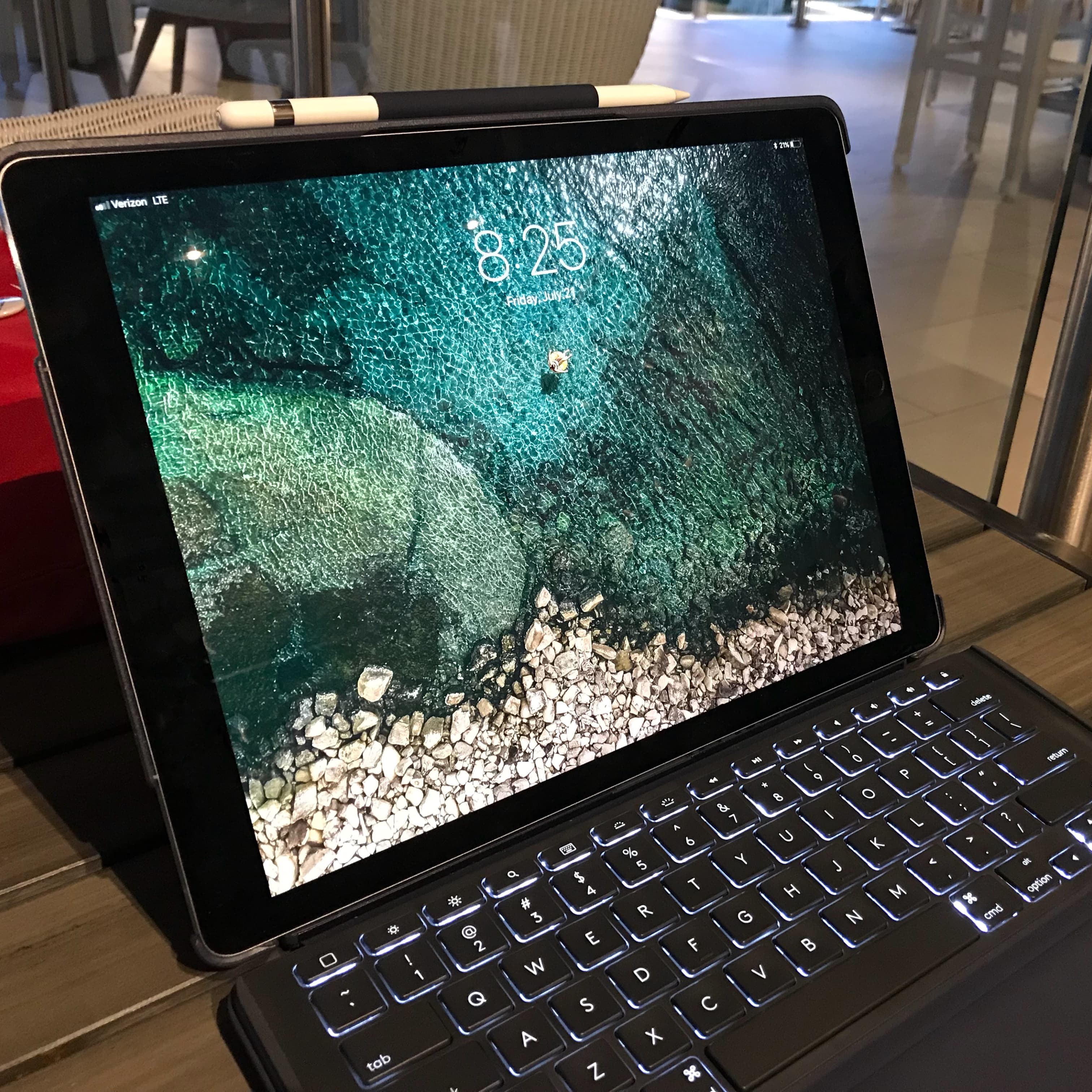
Image sharpness and overall quality afforded by oxide flat panels found in Apple’s notebooks and the latest iPad Pro models hasn’t gone unnoticed with branded PC notebook vendors who are now following in Apple’s footsteps, said the sources that spoke with DigiTimes.
As per the report, suppliers Sharp, LG Display and CEC-Panda LCD Technology are ramping up production of oxide TFT LCD panels to meet increasing demand from PC notebook vendors.
Global shipments of oxide panels totaled 20 million units last year and could reach an IHS-estimated 56 million units in 2017, of which mobile panels should reach 51 million shipments this year versus 17 million units last year.
Oxide panels result in a high-contrast image with great brightness, as evidenced by Apple’s iPad Pro and the latest MacBook Pro models. Additionally, iPads benefit from a metal oxide backplane which increases light throughput and further improves power efficiency.
Also known as IGZO (indium, gallium, zinc and oxygen), these panels are made from artificially produced transparent crystalline oxide semiconductor. IGZO technology claims up to 50x higher electron mobility than amorphous silicon used in traditional TFT LCDs, resulting in reduced latency and increased resolution.
According to DisplayMate President Raymond Soneira, the higher the pixel count and the wider the color gamut (like Apple’s DCI-P3 wide color on the latest iPhones, iPads and MacBook Pros) the greater the benefits of IGZO over a-Si, particularly for LCDs.
DisplayMate has found the oxide panel in the 2016 9.7-inch iPad Pro model “considerably better than any other mobile display,” calling it “the best-performing mobile LCD panel” out there. iPhones, on the other hand, continue to use TFT-LCD panels, with the exception of the upcoming iPhone X model which incorporates Samsung Display-made OLED panel.